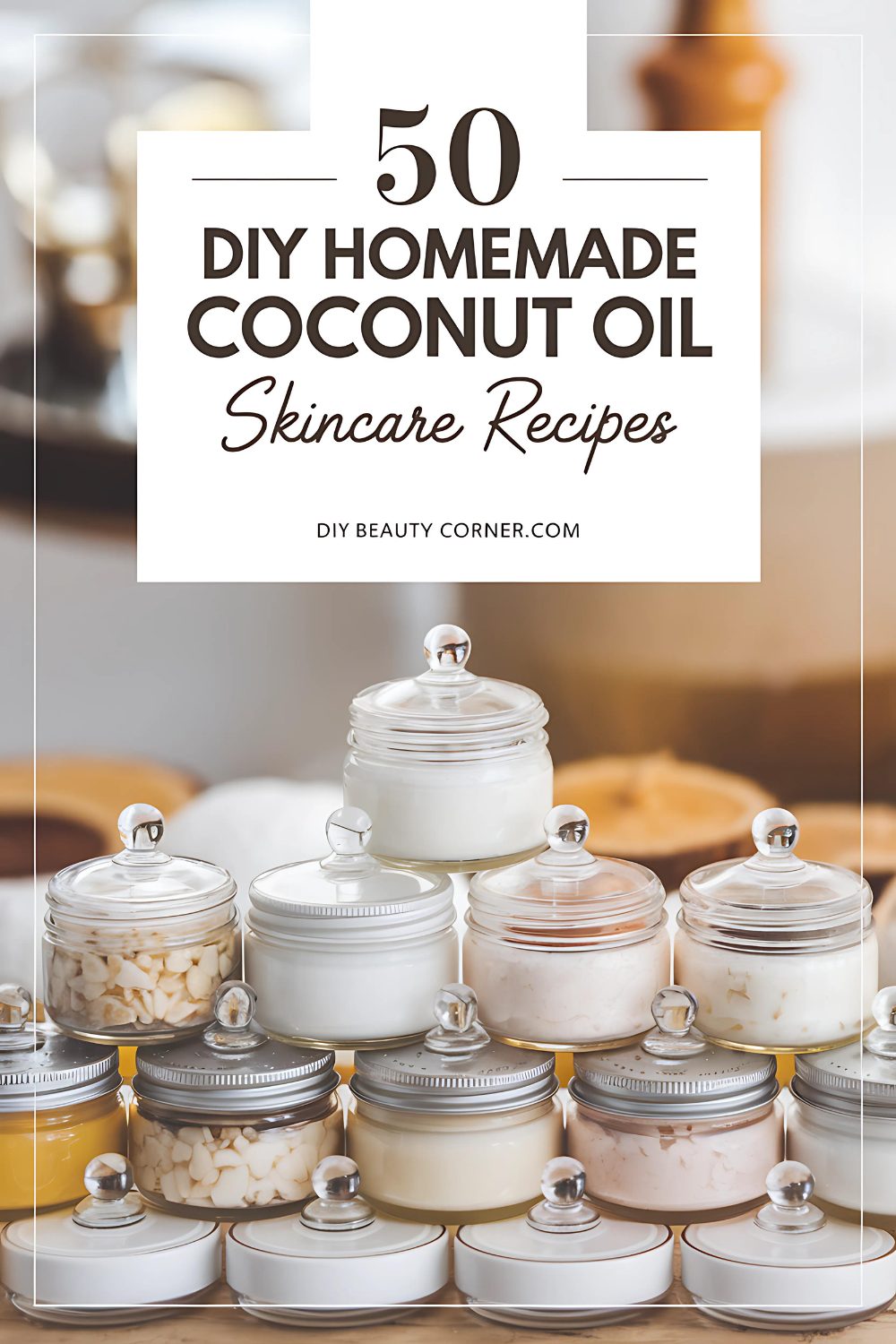
Finding an effective solution for dandruff can feel like a daunting task, but I’ve discovered a DIY treatment that combines the nourishing properties of coconut oil with the clarifying benefits of apple cider vinegar. Many people struggle with a flaky scalp, but the right natural ingredients can help rebalance the scalp and promote healthier hair.
This homemade treatment is simple to make and can significantly reduce dandruff while being gentle on your scalp. With just a few easily accessible ingredients, you can create a soothing remedy that not only targets the flakes but also moisturizes your hair and scalp. I’ll guide you through the steps to craft this effective concoction, enhancing your hair care routine with natural solutions.
Join me as we explore the benefits of coconut oil and apple cider vinegar, and discover how to make this powerful anti-dandruff treatment that will have your scalp feeling refreshed and your hair looking vibrant.
Benefits and Uses of Coconut Oil and Apple Cider Vinegar
Coconut oil and apple cider vinegar each offer unique properties that can significantly benefit hair health. Their natural compositions provide anti-dandruff benefits while clarifying the scalp, promoting a healthier environment for hair growth.
The Anti-Dandruff Properties of Coconut Oil
Coconut oil contains medium-chain fatty acids, particularly lauric acid, which possess antimicrobial properties. These help combat fungi and bacteria that contribute to dandruff.
When applied to the scalp, coconut oil deeply moisturizes and reduces dryness, a common cause of dandruff. Its nourishing qualities prevent flakes and soothe irritation.
Additionally, coconut oil can create a protective barrier, locking in moisture and improving scalp health over time. By promoting a balanced scalp environment, it can help alleviate symptoms of dandruff effectively.
The Clarifying Power of Apple Cider Vinegar
Apple cider vinegar is renowned for its ability to restore the scalp’s pH balance. This is crucial for maintaining healthy hair and preventing dandruff.
Its acetic acid content acts as a natural exfoliant, helping to remove dead skin cells and reduce buildup. This can prevent clogged hair follicles and promote healthier hair growth.
Furthermore, apple cider vinegar has antifungal properties that target the microbes causing dandruff. When used regularly, it can leave the scalp feeling refreshed, clean, and less prone to itchiness and irritation.
Incorporating apple cider vinegar into my routine not only enhances hair clarity but also contributes to overall scalp health.
Creating Your DIY Anti-Dandruff Treatment
I find that making a DIY anti-dandruff treatment using coconut oil and apple cider vinegar is both effective and straightforward. This section covers the necessary ingredients, the mixing process, optimal application techniques, and tips on storage to maximize the shelf life of the treatment.
Ingredients and Tools Required
For this homemade treatment, I gather the following ingredients:
- 1/4 cup coconut oil: Known for its moisturizing properties, it helps combat dryness on the scalp.
- 1/4 cup apple cider vinegar: This ingredient balances the scalp’s pH and acts as a natural antiseptic.
- 5-10 drops of tea tree oil (optional): This essential oil enhances anti-fungal properties and offers a pleasant aroma.
In addition to these ingredients, I also need a few tools: a mixing bowl, a whisk or spoon, a measuring cup for accuracy, and a clean spray bottle for application. I ensure that all utensils are sanitized to maintain the treatment’s quality.
Step-by-Step Mixing Process
I start by measuring out the coconut oil and gently melting it if it’s solid. This can be done by placing it in a microwave-safe bowl and heating it in short bursts. Once melted, I allow it to cool slightly before adding the apple cider vinegar.
Next, I carefully combine the melted coconut oil with the apple cider vinegar in a mixing bowl, whisking the mixture thoroughly to ensure it forms a smooth blend. If I choose to use tea tree oil, I add it at this stage, incorporating it evenly throughout the mixture. I make sure it has a uniform consistency and a pleasant scent before transferring it.
Application Techniques for Best Results
When applying my anti-dandruff treatment, I focus on clean, damp hair for optimal effectiveness. I begin by sectioning my hair into manageable parts to ensure even coverage. Using the spray bottle, I apply the mixture directly onto my scalp, massaging it gently with my fingertips. This targeted application helps stimulate blood circulation and allows the treatment to penetrate effectively.
I let the mixture sit for about 30 minutes to an hour before rinsing it out with my regular shampoo. For enhanced results, I follow up with a conditioner. I notice that using this treatment regularly, about once a week, yields the best outcome in reducing dandruff and improving scalp health.
Storage and Shelf Life
To store my DIY anti-dandruff treatment, I keep it in a cool, dark place. The spray bottle is ideal for this purpose, as it provides easy dispensing. If I make a larger batch, I use a labeled container to identify its contents easily.
This treatment typically lasts for about two weeks when stored correctly. However, if I notice any change in smell or appearance, I discard it to ensure safety. Regularly checking on my stored mixture helps maintain its potency and effectiveness for treating dandruff.


